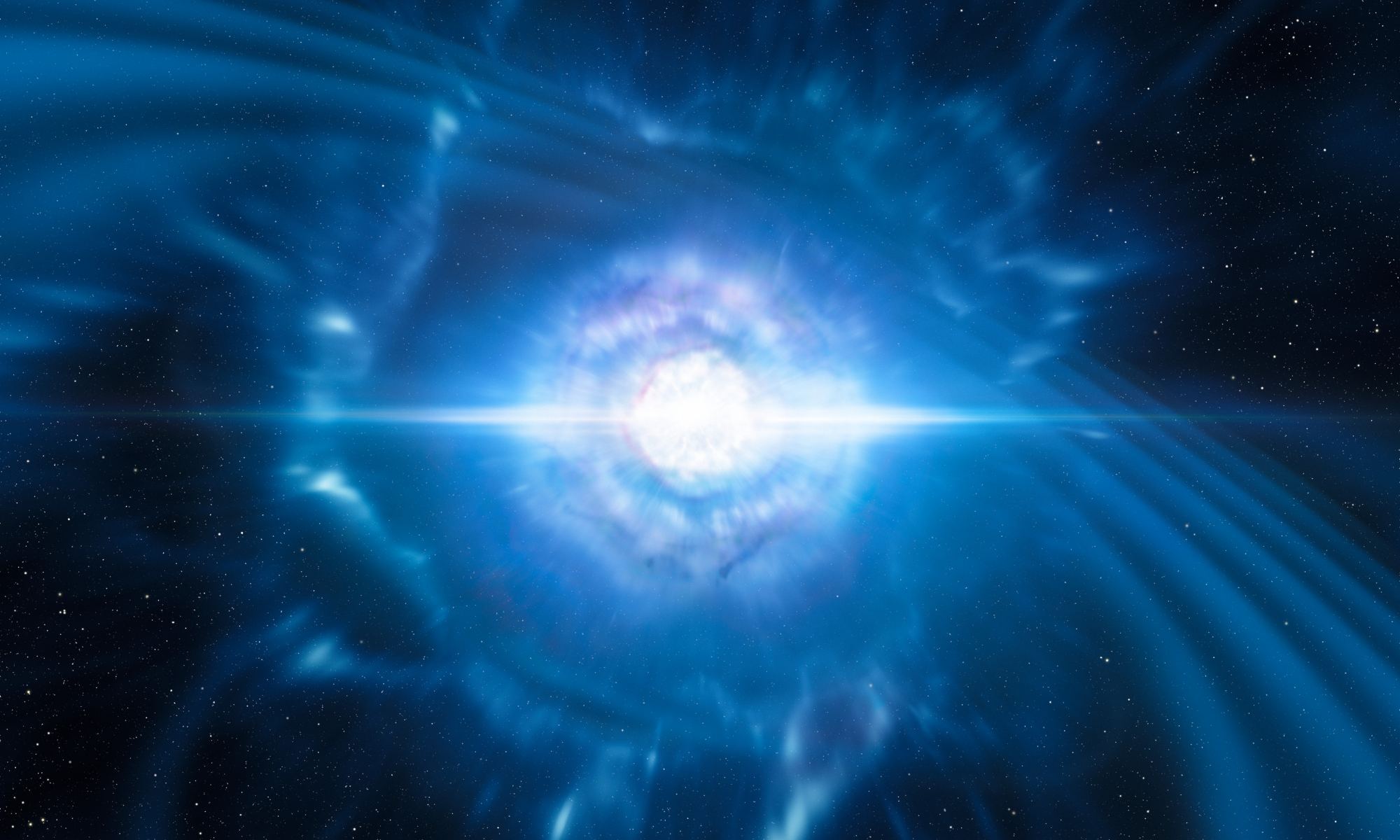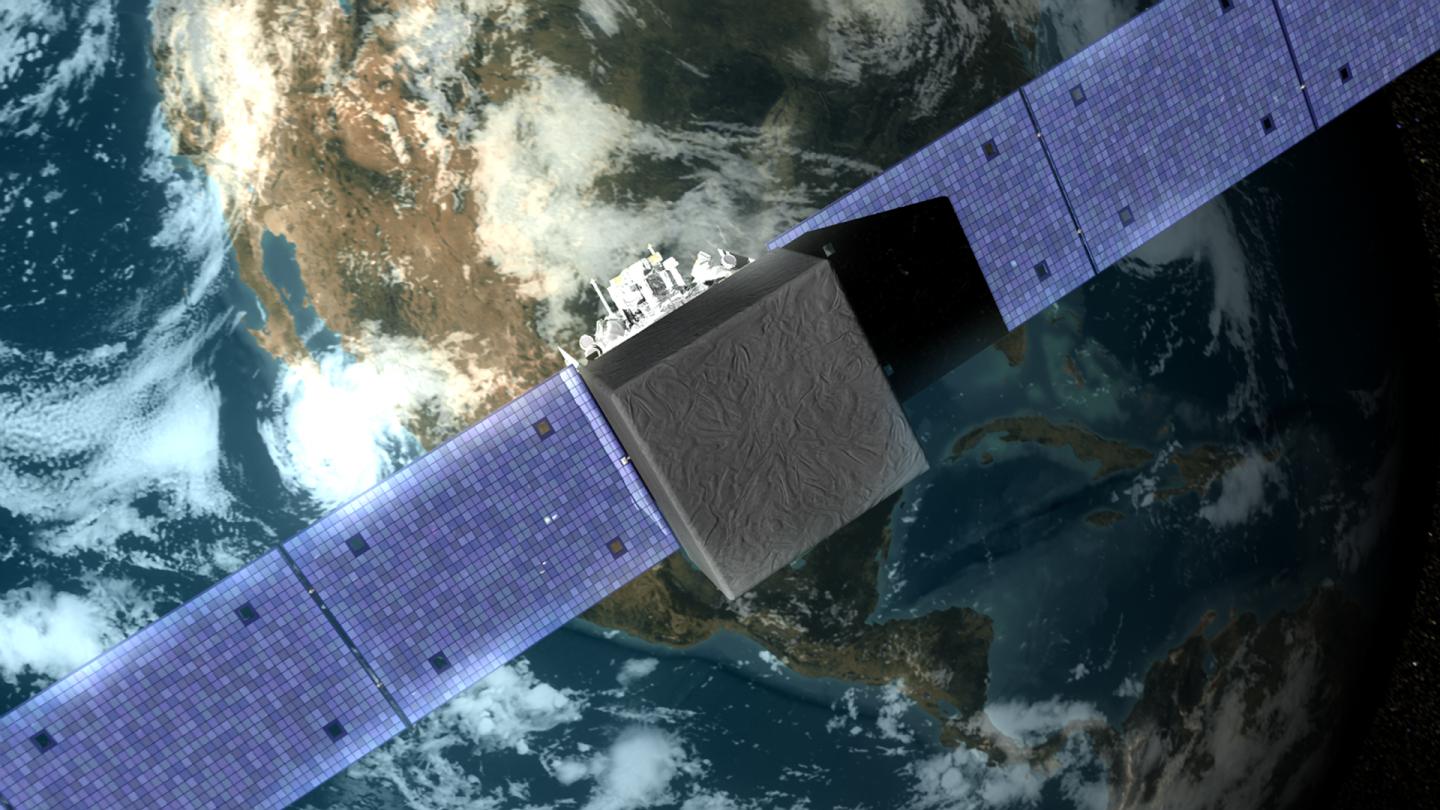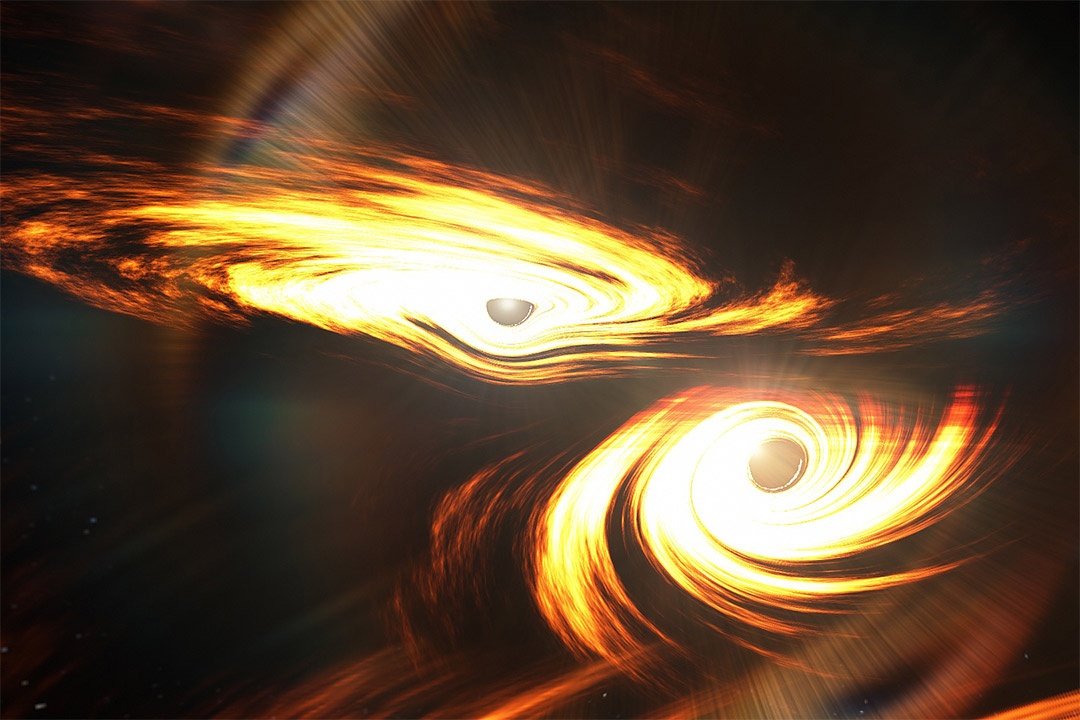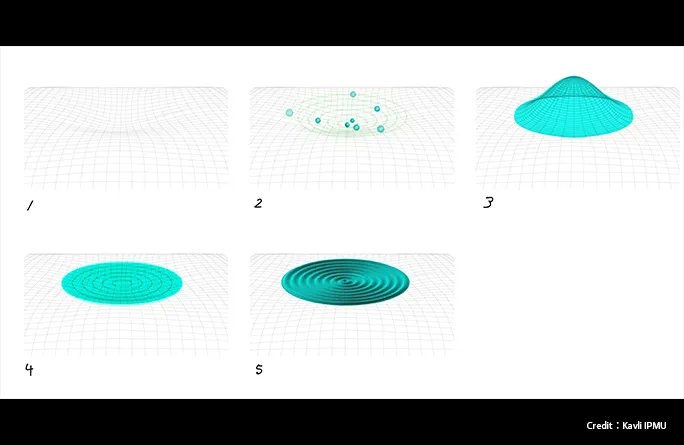In addition to their intense magnetic fields and copious output of x-ray radiation, neutron stars might have one more trick up their sleeves. They might be able to turn gravitational waves into an extra source of photons.
Continue reading “Gravitational Waves Near a Neutron Star Could Generate Photons”A Black Hole can Tear a Neutron Star Apart in Less Than 2 Seconds

Almost seven years ago (September 14th, 2015), researchers at the Laser Interferometer Gravitational-wave Observatory (LIGO) detected gravitational waves (GWs) for the first time. Their results were shared with the world six months later and earned the discovery team the Noble Prize in Physics the following year. Since then, a total of 90 signals have been observed that were created by binary systems of two black holes, two neutron stars, or one of each. This latter scenario presents some very interesting opportunities for astronomers.
If a merger involves a black hole and neutron star, the event will produce GWs and a serious light display! Using data collected from the three black hole-neutron star mergers we’ve detected so far, a team of astrophysicists from Japan and Germany was able to model the complete process of the collision of a black hole with a neutron star, which included everything from the final orbits of the binary to the merger and post-merger phase. Their results could help inform future surveys that are sensitive enough to study mergers and GW events in much greater detail.
Continue reading “A Black Hole can Tear a Neutron Star Apart in Less Than 2 Seconds”Gamma ray Telescopes Might be Able to Detect the Gravitational Waves Caused by Merging Supermassive Black Holes
Gamma rays could be the new source for observing gravitational waves, according to a recent release from the Max Planck Institute for Radio Astronomy. This would make a possible third way to observe gravitational waves including laser interferometry and radio waves.
In 1916 Einstein predicted the existence of gravitational waves, ripples in space-time moving out in all directions away from massive accelerating objects. According to his theory, these waves would travel at the speed of light and would carry with them information about where they came from and would allow us to learn more about gravity.
The Expanding Debris Cloud From the Kilonova Tells the Story of What Happens When Neutron Stars Collide
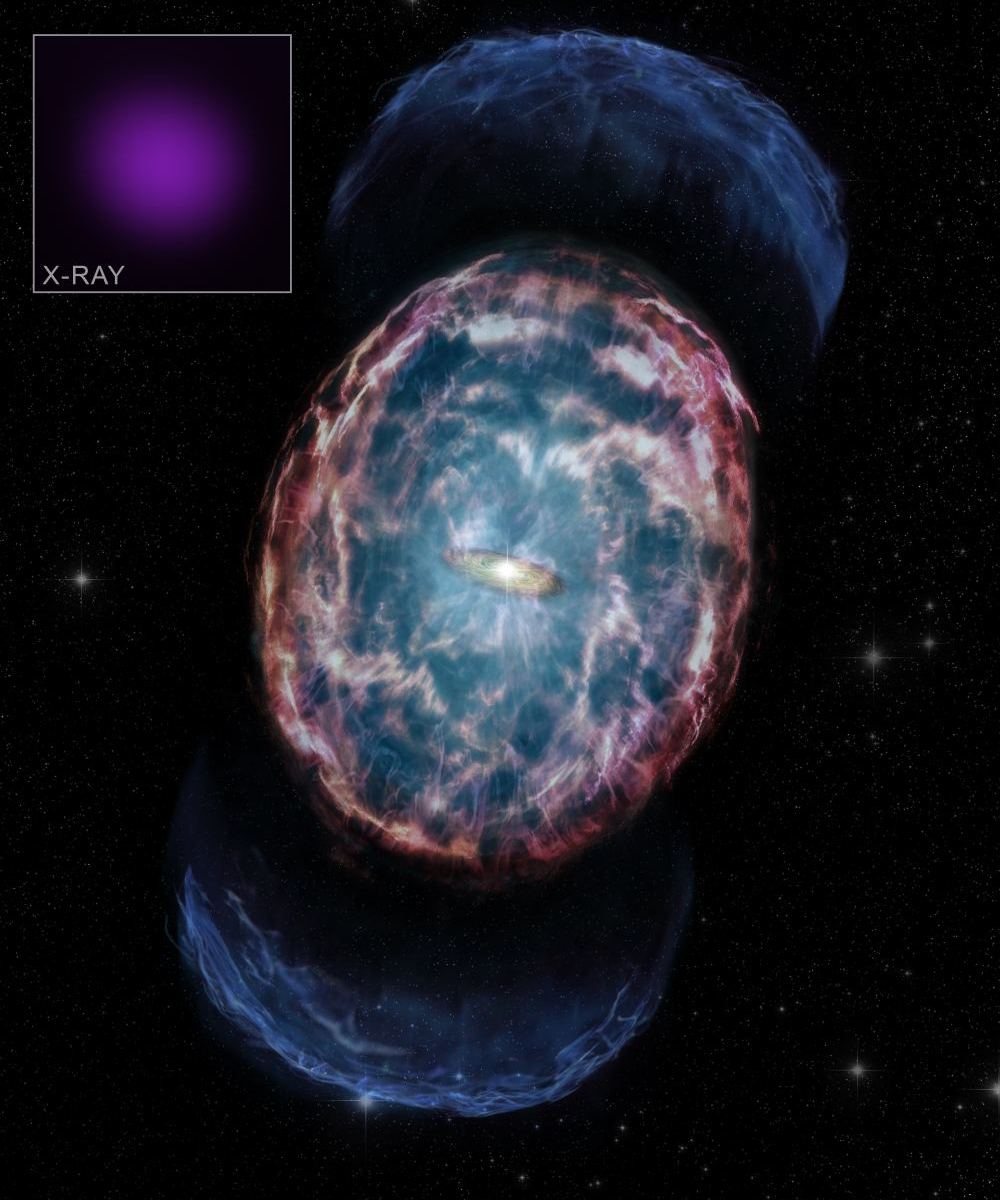
When two neutron stars collide, it creates a kilonova. The event causes both gravitational waves and emissions of electromagnetic energy. In 2017 the LIGO-Virgo gravitational-wave observatories detected a merger of two neutron stars about 130 million light-years away in the galaxy NGC 4993. The merger is called GW170817, and it remains the only cosmic event observed in both gravitational waves and electromagnetic radiation.
Astronomers have watched the expanding debris cloud from the kilonova for years. A clearer picture of what happens in the aftermath is emerging.
Continue reading “The Expanding Debris Cloud From the Kilonova Tells the Story of What Happens When Neutron Stars Collide”A Highly Eccentric Black Hole Merger Detected for the First Time
In February 2016, scientists with the Laser Interferometer Gravitational-Wave Observatory (LIGO) confirmed the first-ever detection of a gravitational wave event. Originally predicted by Einstein’s Theory of General Relativity, GWs result from mergers between massive objects – like black holes, neutron stars, and supermassive black holes (SMBHs). Since 2016, dozens of events have been confirmed, opening a new window to the Universe and leading to a revolution in astronomy and cosmology.
In another first, a team of scientists led by the Center for Computational Relativity and Gravitation (CCRG) announced that they may have detected a merger of two black holes with eccentric orbits for the first time. According to the team’s paper, which recently appeared in Nature Astronomy, this potential discovery could explain why some of the black hole mergers detected by the LIGO Scientific Collaboration and the Virgo Collaboration are much heavier than previously expected.
Continue reading “A Highly Eccentric Black Hole Merger Detected for the First Time”Binary Black Holes can Unlock Another of Einstein’s Predictions
In the grand scheme of things, the structure of a black hole is pretty simple. All you need to know is its mass, electric charge, and rotation, and you know what the structure of space and time around the black hole must be. But if you have two black holes orbiting each other, then things get really complicated. Unlike a single black hole, for which there is an exact solution to Einstein’s equations, there is no exact solution for two black holes. It’s similar to the three-body problem in Newtonian gravity. But that doesn’t mean astronomers can’t figure things out, as a couple of recent studies show.
Continue reading “Binary Black Holes can Unlock Another of Einstein’s Predictions”What is Einstein’s Theory of Relativity?
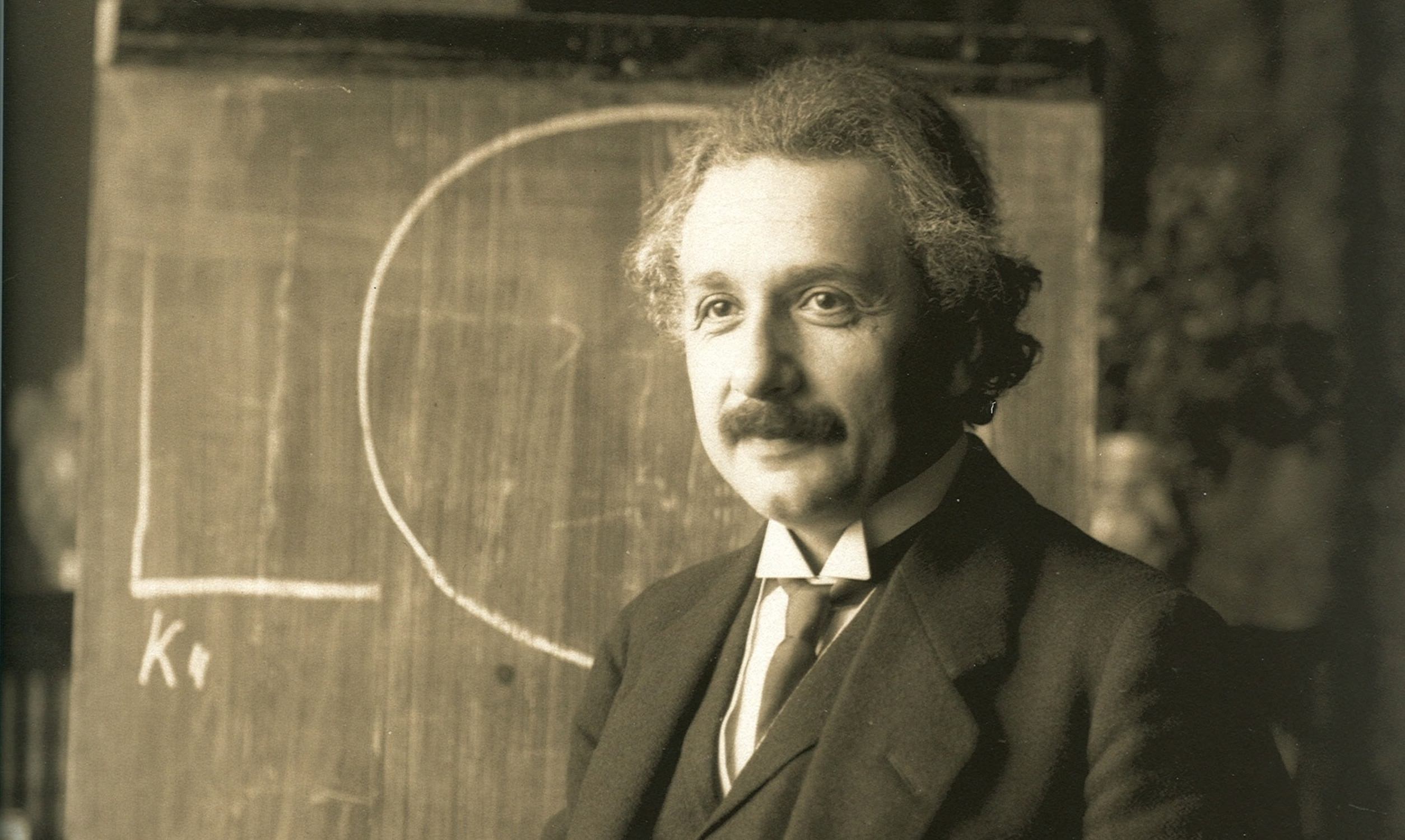
In the history of science and physics, several scholars, theories, and equations have become household names. In terms of scientists, notable examples include Pythagoras, Aristotle, Galileo, Newton, Planck, and Hawking. In terms of theories, there’s Archimede’s “Eureka,” Newton’s Apple (Universal Gravitation), and Schrodinger’s Cat (quantum mechanics). But the most famous and renowned is arguably Albert Einstein, Relativity, and the famous equation, E=mc2. In fact, Relativity may be the best-known scientific concept that few people truly understand.
For example, Einstein’s Theory of Relativity comes in two parts: the Special Theory of Relativity (SR and the General Theory of Relativity (GR). And the term “Relativity” itself goes back to Galileo Galilee and his explanation for why motion and velocity are relative to the observer. As you can probably tell, explaining how Einstein’s groundbreaking theory works require a deep dive into the history of physics, some advanced concepts, and how it all came together for one of the greatest minds of all time!
Continue reading “What is Einstein’s Theory of Relativity?”Astronomers Might Have Detected the Background Gravitational Waves of the Universe

In February 2016, Gravitational Waves (GWs) were detected for the first time in history. This discovery confirmed a prediction made by Albert Einstein over a century ago and triggered a revolution in astronomy. Since then, dozens of GW events have been detected from various sources, ranging from black hole mergers, neutron star mergers, or a combination thereof. As the instruments used for GW astronomy become more sophisticated, the ability to detect more events (and learn more from them) will only increase.
For instance, an international team of astronomers recently detected a series of low-frequency gravitational waves using the International Pulsar Timing Array (IPTA). These waves, they determined, could be the early signs of a background gravitational wave signal (BGWS) caused by pairs of supermassive black holes. The existence of this background is something that astrophysicists have theorized since GWs were first detected, making this a potentially ground-breaking discovery!
Continue reading “Astronomers Might Have Detected the Background Gravitational Waves of the Universe”Twin Stars Prove Einstein at Least 99.99% Right

More than a hundred years have passed since Einstein formalized his theory of General Relativity (GR), the geometric theory of gravitation that revolutionized our understanding of the Universe. And yet, astronomers are still subjecting it to rigorous tests, hoping to find deviations from this established theory. The reason is simple: any indication of physics beyond GR would open new windows onto the Universe and help resolve some of the deepest mysteries about the cosmos.
One of the most rigorous tests ever was recently conducted by an international team of astronomers led by Michael Kramer of the Max Planck Institute for Radio Astronomy (MPIfR) in Bonn, Germany. Using seven radio telescopes from across the world, Kramer and his colleagues observed a unique pair of pulsars for 16 years. In the process, they observed effects predicted by GR for the first time, and with an accuracy of at least 99.99%!
Continue reading “Twin Stars Prove Einstein at Least 99.99% Right”Gravitational Waves Could Explain why There’s More Matter Than Antimatter in the Universe
One of the questions underpinning both philosophy and science is “why are we here”? Ask an astrophysicist, and they might answer with an imbalance between matter and antimatter at the beginning of the universe. While that is a (relatively) simple explanation, it then begs the question – why was there an imbalance in the first place? Scientists have been seeking ways to test various theories regarding that imbalance but have come up empty-handed so far. Now, a team of theoretical physicists think they might have found a way to test some of those theories using gravitational waves.
Continue reading “Gravitational Waves Could Explain why There’s More Matter Than Antimatter in the Universe”
